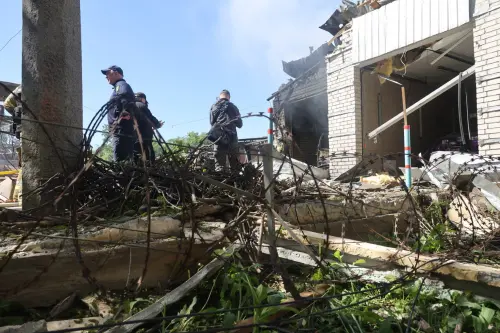Reversing eight months of administration policy, President George W. Bush went on nationwide television June 6th to urge Congress to create a new Department of Homeland Security. It would, in his words, be “charged with four primary tasks”: controlling our borders; responding to terror-driven emergencies; developing technologies to detect weapons of mass destruction and protect citizens against their use; and “review[ing] intelligence and law enforcement information?to produce a single daily picture of threats against our homeland.” It would pull together 169,000 government officials now dispersed among 22 offices in eight of the 13 existing Cabinet departments. If approved by Congress in anything like the form proposed, it would be, as the President stated, “the most extensive reorganization of the federal government since the 1940s.” Only the creation of the Department of Energy under President Jimmy Carter offers a more recent parallel.
The President’s proposal is, therefore, impressively ambitious. It includes just about every agency and function that could reasonably be brought into a new department, and more than proposed in the pre-September 11 Hart-Rudman Report or the Lieberman-Thornberry bill recently reported out favorably by the Senate Committee on Governmental Affairs. The proposal to include in the new Department a separate intelligence analysis unit is particularly noteworthy.
Why did the President shift course? Though there have been hints of change since mid-April, the basic administration line prior to the President’s announcement was that the problem of coordinating government-wide homeland security activities had been appropriately addressed through the creation last October of a Homeland Security Council (HSC) and Office of Homeland Security (OHS) headed by former Pennsylvania Governor Tom Ridge. This original design had much to commend it—and something very much like it will remain vitally important even after the new Department has been set up. However, skeptics had argued from the start that Ridge had lacked the authority to pull policy together, and the chorus of critics grew when the governor visibly failed to win interagency approval of his plan to consolidate the Immigration and Naturalization Service, the Customs Service, the Coast Guard, and other agencies charged with overseeing people and goods crossing U.S. borders. This appearance of weakness undercut the President’s policy and gave the initiative to skeptics in the press and the opposition party. When reports surfaced in May of the failure to by FBI leaders to take seriously lower-level reports that might have headed off the 9/11 catastrophe, compounded by failure of the FBI and the CIA to communicate with one another, the President decided to act. The result is a new organizational ballgame.



Commentary
Promise and Problems: President Bush’s Homeland Security Department
June 1, 2002